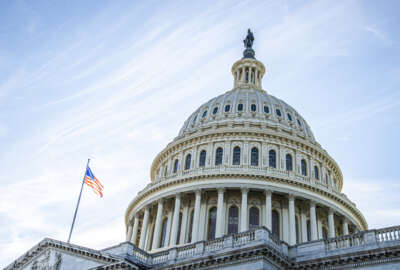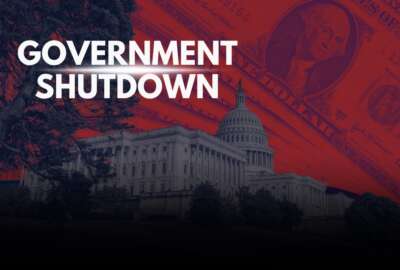Tips for Open Season 2013
Benefits consultants Walton Francis and Ed Zurndorfer offer top tips for federal employees considering a new health plan. Open Season runs from Nov. 12 to Dec.
wfedstaff | April 17, 2015 4:22 pm
Open Season runs through Dec. 10. During this period, federal employees can choose a different health care plan within the Federal Employee Health Benefits Program.
Before making a decision, feds should ask themselves some questions, said Walton Francis, editor of the Checkbook Guide to Health Plans for Federal Employees and Annuitants, in an interview with For Your Benefit.
- What’s happening to the plan I’m in? Will the premiums change? Will the benefits change?
- Has my health or my family’s health changed?
FEHBP premiums are increasing on average of 3.4 percent next year, according to the Office of Personnel Management. That translates into about $2.75 more biweekly for self-only coverage and $6.39 more for family coverage, OPM stated. (See specifics of premium changes.)
However, cost should not be the only factor in making a health plan decision, said Ed Zurndorfer, a registered employee benefit consultant.
“No FEHB plan pays for ‘everything’ and employees should expect to have higher deductibles and to pay more in copayments and/or coinsurance during 2013,” Zurndorfer said in an email to Federal News Radio.
“Employees are therefore encouraged to participate in a health care flexible spending account in which pre-tax salary dollars are used to pay out-of-pocket medical, dental and vision expenses,” Zurndorfer said.
Top tip for retiring feds
Feds set to retire soon must have continuous federal health coverage for at least five years prior to their retirement date, Zurndorfer said.
Abiding by this “five-year rule” also ensures retired feds pay the same percentage of the premiums during retirement, which is on average 25 to 28 percent of the total premium, he said.
Top tip for young feds
For younger feds in good health, Francis said, “You are out of your mind if you don’t consider a high-deductible plan.”
All of the high-deductible plans include a free annual physical, he said.
Top tip for couples with no children
Generally, two self-only plans are less expensive than buying a family plan. However, feds need to keep in mind having two self-only plans also means having two catastrophic guarantees, Francis said.
For example, if the couple is in a car accident and the catastrophic coverage is $5,000 out-of-pocket costs, the couple with two self-only plans must pay the out- of-pocket cost per person, or a total of $10,000, Francis said.
Top tip for feds with children
All of the FEHBP plans offer preventative coverage for children, Francis said.
Many families prefer HMOs because they offer a one-stop shop for health services. But if parents prefer a particular pediatrician, they can call the pediatrician’s office or check the online guide to figure out if they are covered in the plan, he said.
More questions?
Most questions can be answered by going to the online guide or calling (800) 213-7283.
RELATED STORIES
Premiums for federal health plan set to increase 3.4 percent
OPM: 10 new plans coming to FEHBP in 2013
OPM making changes to FEHBP – Is that good news?
Copyright © 2024 Federal News Network. All rights reserved. This website is not intended for users located within the European Economic Area.





